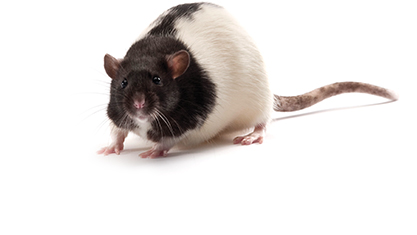Creation of a polygenic rat model for diabetic vasculopathies
Cardiovascular disease accounts for 2,300 deaths per day in the US, claiming as many lives as the next four leading causes combined. Diabetes mellitus (DM) represents a particular challenge, as it increases the incidence and accelerates the course of atherosclerosis. Patients with DM have aggressive forms of vascular disease, possessing a greater likelihood of end-organ ischemia, as well as increased morbidity and mortality following vascular interventions, and requiring more revascularization procedures compared to the general population at an earlier point in time. Currently there is no good commercially available, combined polygenic animal model to study vascular disease in the context of obesity, insulin resistance, and DM. We will genetically modify lipid metabolism in Zucker Diabetic Fatty (ZDF) to generate a model that in which to study atherosclerotic plaque formation in a diabetic environment.
- To create and characterize a new apolipoprotein E (apoE) knockout in the ZDF rat. We will use the CRISPR/Cas system to target the apoE gene in ZDF rats. The apoE knockout rat in the Sprague-Dawley background has been described and it presents with dyslipidemia. Moreover, apoE deficiency is associated with neurologic disease, and glomerulopathies, both common comorbidities in diabetic patienys.
- To create and characterize a new transgenic animal inserting the human Cholesteryl Ester Transfer Portein (hCETP) in the ZDF rat. We will use the CRISPR/Cas system to target the insertion of the hCETP gene. CETP has pro-atherogenic effect in dyslipidemic backgrounds, and has been shown to successfully induce lipid deposition in the rat vasculature.
The advent of functional genomics technologies in the rat makes is possible to choose a rat model over a mouse model based on biology. The physiology in the rat is easier to monitor, serial blood draws to monitor biomarkers over time is possible, and the amount of data that can be obtained per animal is significantly greater than in the mouse.


